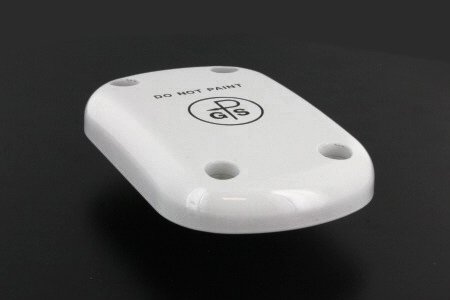SQL HOME SQL Intro SQL Syntax SQL Select SQL Select Distinct SQL Where SQL An Or, Not SQL Order By SQL Insert Into SQL Null Values SQL Update SQL Delete SQL Select Top SQL Min and Max SQL Count, Avg, Sum SQL Like SQL Wildcards SQL In SQL Between SQL Aliases SQL Joins SQL Inner Join SQL Left Join SQL Right Join SQL Full Join SQL Self Join SQL. IN non rappresenta l’unico modo per realizzare questa operazione. NOT EXISTS works as the opposite as EXISTS.
SQL “ Exists ” Operator with Example. SELECT OrderID FROM Orders o WHERE o. There are two tables where one table stores the Employee details and the second tables stores the employees’ salary paid monthly. Let us see how to use “ Exists ” operator with these two tables.
In the outer query, we get all sales per sales territory and employee, where the employee and territory is found in the inner query. As you can see, EXISTS allows us to easily check on multiple columns, which is not possible with IN. If the subquery returns NULL, the EXISTS operator still returns the result set. This Oracle tutorial explains how to use the Oracle EXISTS condition with syntax and examples. This is because the EXISTS operator only checks for the existence of row returned by the subquery.
It does not matter if the row is NULL or not. Before chosing IN or EXISTS , there are some details that you need to look at. Most of the time, IN and EXISTS give you the same with the same performance.
On the other han when you use JOINS you might not get the same result set as in the IN and the EXISTS clauses. I was hoping that using EXISTS would find a row and move on thus increasing performance. The result of EXISTS is.

SQL EXISTS Operator examples. For each customer in the customers table, you check if there is at least one order exists in the orders table. You can use the EXISTS operator to find a customer who has ordered products. When I execute the statement it tries to delete everything in the production table and ignoring the Where exists clause - Can you give some insight to what.
Difference Between SQL Server JOIN, IN and EXISTS Clause? The EXISTS subquery is used when we want to display all rows where we have a matching column in both tables. In most cases, this type of subquery can be re-written with a standard join to improve performance. To check if a table exists in SQL Server, you can use the INFORMATION_SCHEMA. Running the following code, produces the below: USE.

Which performs better: EXISTS or IN…. It is one of the SQL Server FAQ. Before creating a new table or before dropping a table you need to check if table exists in the database. SQL Check if table exists Check if table exists. For the preceding example, if tcontains any rows, even rows with nothing but NULL values, the EXISTS condition is TRUE.
With the introduction of DROP IF EXISTS , developers can write more concise code. This Tech-Recipes tutorial explains how to use DROP IF EXISTS in SQL SERVER with helpful examples. I think this EXISTS operator just check whether the subquery returning any row for the current vbeln. IF yes ,then the joining output will be added to the et otherwise not. It reminded me of teaching SQL to the incoming batch of PwC FTS associates a few years ago.

Not many of them had prior programming experience, much less SQL exposure, so it was a fun week to learn how well us instructors could teach the topic.
Nessun commento:
Posta un commento
Nota. Solo i membri di questo blog possono postare un commento.